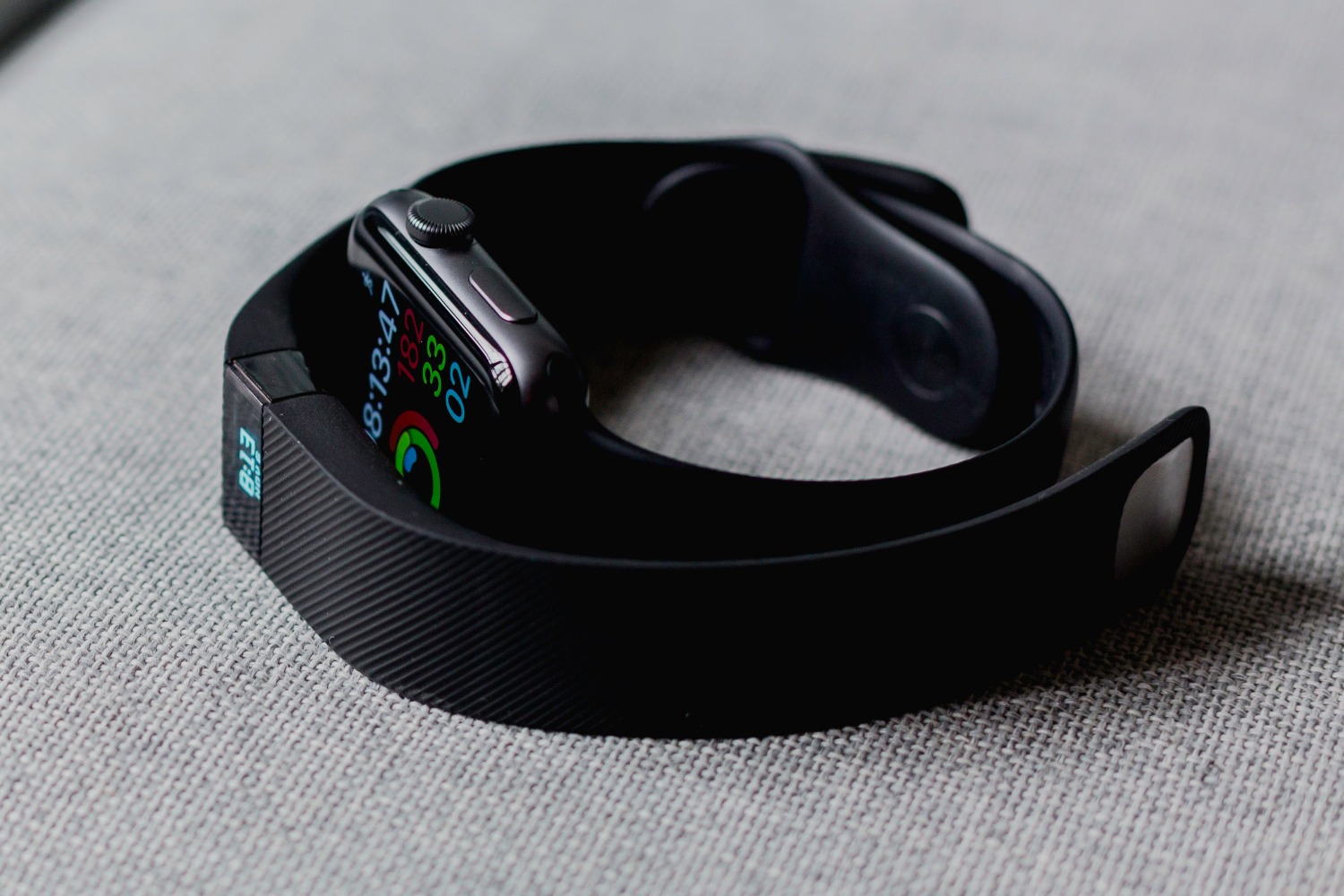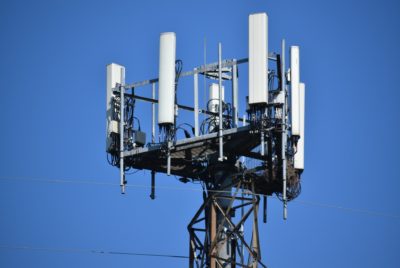So what is a Fitbit and what is the concern regarding possible EMF radiation? I’m sure the majority of you already know but in case you did not, a Fitbit is a popular health and physical activity tracker designed to help you become more active, eat a healthier diet, sleep better and basically live a healthier lifestyle. It is worn on the wrist, looks much like a watch, and essentially tracks your day to day activities. How many steps did you walk or run today? How many calories have you burned? How many hours of sleep did you get the night before? What’s your heart rate? Actually, some pretty cool stuff. This “stuff” then gets downloaded to the user’s account on Fitbit’s website.
So how does a Fitbit work anyway and why the fuss with EMF (RF) Radiation?
So, how does a Fitbit work? Well, the Fitbit doesn’t come with a little brother or sister riding piggy back and counting the number of steps you take, jotting the steps down with pen and paper. Nor do they need to sit by your bed with a stop watch in hand, counting the hours, minutes and seconds you are asleep. The process is actually done via algorithms, sensors and the use of blue tooth. Sensors and the use of blue tooth are the concerns for most with regards to EMF radiation and your exposure to it.
Sensors
First, let’s look at the sensors. Yes, the sensors inside the Fitbit do produce electric currents. The Fitbit has sensors that include the accelerometer (used to measure the device acceleration), a barometer, a heart rate sensor, a gyroscope (measures angular velocity) and an orientation sensor. These components do produce electric currents. How much? Probably not that much at all. Fitbit themselves claim that the radiation of the device is minimal. Most people see the bigger issue regarding EMF/RF radiation of the Fitbit as the use of Bluetooth.
Bluetooth
As you know Bluetooth is a concern in regards to EMF/RF radiation, and yes the Fitbit uses Bluetooth. Basically, Bluetooth is a wireless technology that allows for quick transmissions of the data needed for a device to work to its full capabilities. The Fitbit uses Bluetooth to sync your device to your cell phone or PC. The Bluetooth radiation is within the 2.45 GHz frequency. Below is a quick video from YouTube regarding the pulses of EMF/RF your Fitbit produces. It is fairly concerning in my opinion.
And another.
Dangers and Warning Signs When Wearing a Fitbit
So, what are some of the dangers of wearing a Fitbit? Are there any the warning signs? Well, some of the concerns regarding wearing a Fitbit are listed below.
- Rashes or Skin Irritation
- Headaches
- Moodiness
- Nausea
- Trouble Sleeping
Regarding the rashes/skin irritation, in 2014 many suffered rashes/skin irritation while wearing the Fitbit Force model. After a recall of the device, Fitbit announced that the rashes were caused by an allergic reaction due to an adhesive in the band itself.
In Conclusion
The Fitbit device does offer much regarding taking control of your health. As mentioned earlier, it can count the number of steps you take each day, the number of calories you burn, amount of sleep you get and allows you to monitor your heart rate. On the other hand, there are a few EMF related concerns to digest before jumping on board.





